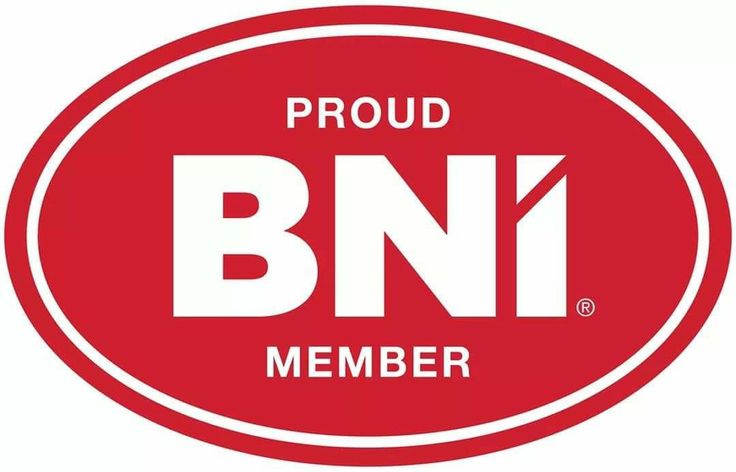Maha Navami 2025 – Date, Significance, Rituals, and How to Celebrate
Maha Navami, the ninth and penultimate day of Sharad Navratri, is celebrated with great devotion and spiritual fervor. It marks the final confrontation of Goddess Durga against the demon Mahishasura, culminating in his destruction, and signifies the victory of dharma over adharma, good over evil.
In 2025, Maha Navami will be observed on Wednesday, 1st October, just one day before Vijaya Dashami (Dussehra). It is a day of Durga worship, Kanya Puja, Ayudha Puja, and Maha Homa, depending on regional traditions.
Maha Navami 2025 – Tithi and Timings
- Date: Wednesday, 1st October 2025
- Navami Tithi Begins: 30th September at 2:02 PM
- Navami Tithi Ends: 1st October at 3:16 PM
- Best Time for Navami Puja: Early morning to mid-afternoon of 1st October
Religious and Spiritual Significance
- Represents Durga’s final victory over Mahishasura, who symbolizes arrogance, ego, and ignorance
- Celebrates Devi as Mahishasuramardini, the fierce warrior who destroys all inner demons
- Considered the most intense day of Shakti worship, before the release of Devi energy on Dussehra
- Embodies the values of bravery, discipline, and surrender to divine power
Key Rituals of Maha Navami
1. Durga Archana and Navami Puja
- Offer red flowers, incense, coconut, halwa, banana, and betel leaves to Goddess Durga
- Recite Durga Saptashati, Mahishasura Mardini Stotra, or Devi Kavach
- Perform aarti with family or community, invoking the goddess for protection and strength
2. Kanya Puja / Kumari Puja
- Young girls (aged 2–10) are worshipped as manifestations of Shakti
- Rituals include washing their feet, applying tilak, offering halwa, puri, chana, and giving gifts/clothes
- Symbolizes reverence to the feminine divine in human form
3. Ayudha Puja
- Observed mostly in South India as part of Navratri traditions
- Involves worshipping tools, machinery, books, musical instruments, and vehicles
- Ideal time to clean, decorate, and sanctify workspaces and instruments of livelihood
4. Maha Homa and Balidan (Symbolic Sacrifice)
- Some communities perform Durga Homa or Chandi Homam
- Symbolic sacrifice of pumpkin or ash gourd offered to represent the destruction of ego and negativity
Regional Celebrations Across India
- West Bengal: Final rituals of Durga Puja, with Pushpanjali, Kumari Puja, and preparation for idol immersion
- Tamil Nadu, Karnataka, Andhra Pradesh: Observed as Ayudha Puja, worship of tools, books, and Saraswati
- Kerala: Saraswati Puja concludes, and Vidyarambham is prepared for Dashami
- Maharashtra & Gujarat: Kanya Bhojan, Garba and Dandiya, and family Durga pujas mark the evening
Spiritual Benefits of Maha Navami Worship
- Removes spiritual, mental, and emotional blocks
- Enhances inner courage, discipline, and clarity
- Bestows blessings for education, career, family harmony, and spiritual progress
- Particularly powerful for students, artists, professionals, and those starting new ventures
How to Celebrate Maha Navami at Home
Even in a simple modern setup, you can observe Maha Navami meaningfully:
- Create a home altar with Durga’s framed photo, red flowers, diya, and coconut
- Offer satvik food, chant Durga Kavach or Chalisa
- Organize Kanya Puja by inviting 1, 3, or 5 young girls and offering them prasad and gifts
- Perform Ayudha Puja by cleaning and worshipping your laptop, tools, or instruments
- Light nine diyas representing the Navadurga forms
Book Pandit for Maha Navami Puja, Kanya Puja, or Ayudha Puja
BookMyPooja offers:
- Maha Navami Durga Archana, Chandi Homam, and Sankalpa-based Kanya Puja
- Ayudha Puja, Saraswati Archana, and home-based Vidhyarambham
- Experienced Vedic pandits in Tamil, Kannada, Telugu, Hindi, Marathi, and Bengali
- Online or doorstep puja services with complete puja kits and samagri
Visit www.BookMyPoojaOnline.com
or Call 9869 92 92 92 to book your Maha Navami 2025 puja today.
Having doubts or want to book a pooja?
Fill out the form below and we'll get back to you soon





